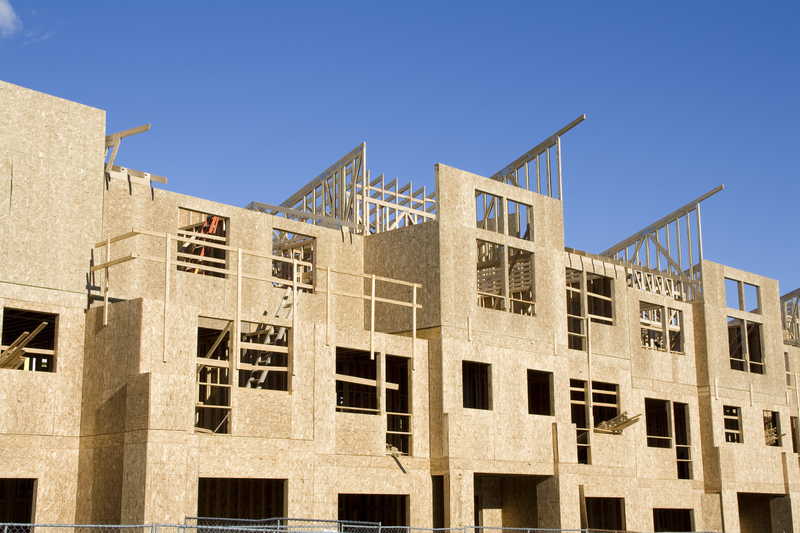At yesterday’s Windermere Builder Solutions Breakfast, more than 150 Windermere brokers came together to listen to Windermere Chief Economist Matthew Gardner lead a panel discussion on new home construction trends in the greater Seattle area. The panelists included Todd Bennett, CEO: BDR Capital Partners; Ron Boscola, GM: Murray Franklyn Companies; and Eric Campbell, CEO: MainStreet Property Group. New construction housing was arguably one of the biggest casualties of the real estate crash of 2008, when a staggering 60 percent of the local builders went out of business. But those who weathered the downturn are beginning to build again and some interesting new trends are emerging.
The builder panelists told us that the size and scope of today’s new construction projects have changed significantly from the booming market of the 2000s. Not only are builders more cautious, but they also don’t have access to the same level of financing that they did a decade ago. Some are avoiding financing altogether by only building when they have the cash to do so. Another challenge they face is finding buildable land, which is heavily impacted by both the King County Growth Management Act and the natural boundaries that water and mountains pose in the greater Seattle area.
So what are home builders doing to combat these challenges? For one, they’re building smaller housing developments. Gone are the days of master planned communities with thousands of homes; in place of them are spec homes and small “infill” developments with only a handful of properties. Others are focusing on “upzoning”, which is all about increasing density closer to the job centers in the form of multi-family developments.
In terms of home design, things have evolved as well. Over the years, builders have listened closely to the changing needs of buyers. The results are much more open floor plans, outdoor living spaces, and more square footage. Gone are formal living and dining rooms and cookie cutter homes that all look the same.
When discussing the rising prices of new construction homes, the panelists all agreed that the biggest factors for them are the costs of land and skilled labor. When the new construction housing market dried up back in 2008, a large number of those skilled laborers found new, more reliable employment. When the market returned, many of the remaining laborers were snatched up by the apartment building boom. This has heavily impacted the pool of skilled laborers available to home builders, as well as the cost to hire them, which is ultimately reflected in the price of homes.
New home construction is very important to the overall health of the housing market. Historically, when inventory levels are low, we look to the builders to supplement the market with new homes. It helps keep a balance between supply and demand. But because of the challenges local builders face, there haven’t been enough new homes to significantly impact our woefully low inventory levels. Looking forward to 2016, the panelists all agreed that we should see the supply of new homes increase modestly; however, probably not enough to meet the demand. It would appear that the will is there, but the way continues to be a challenge for King County builders.
 Facebook
Facebook
 X
X
 Pinterest
Pinterest
 Copy Link
Copy Link



